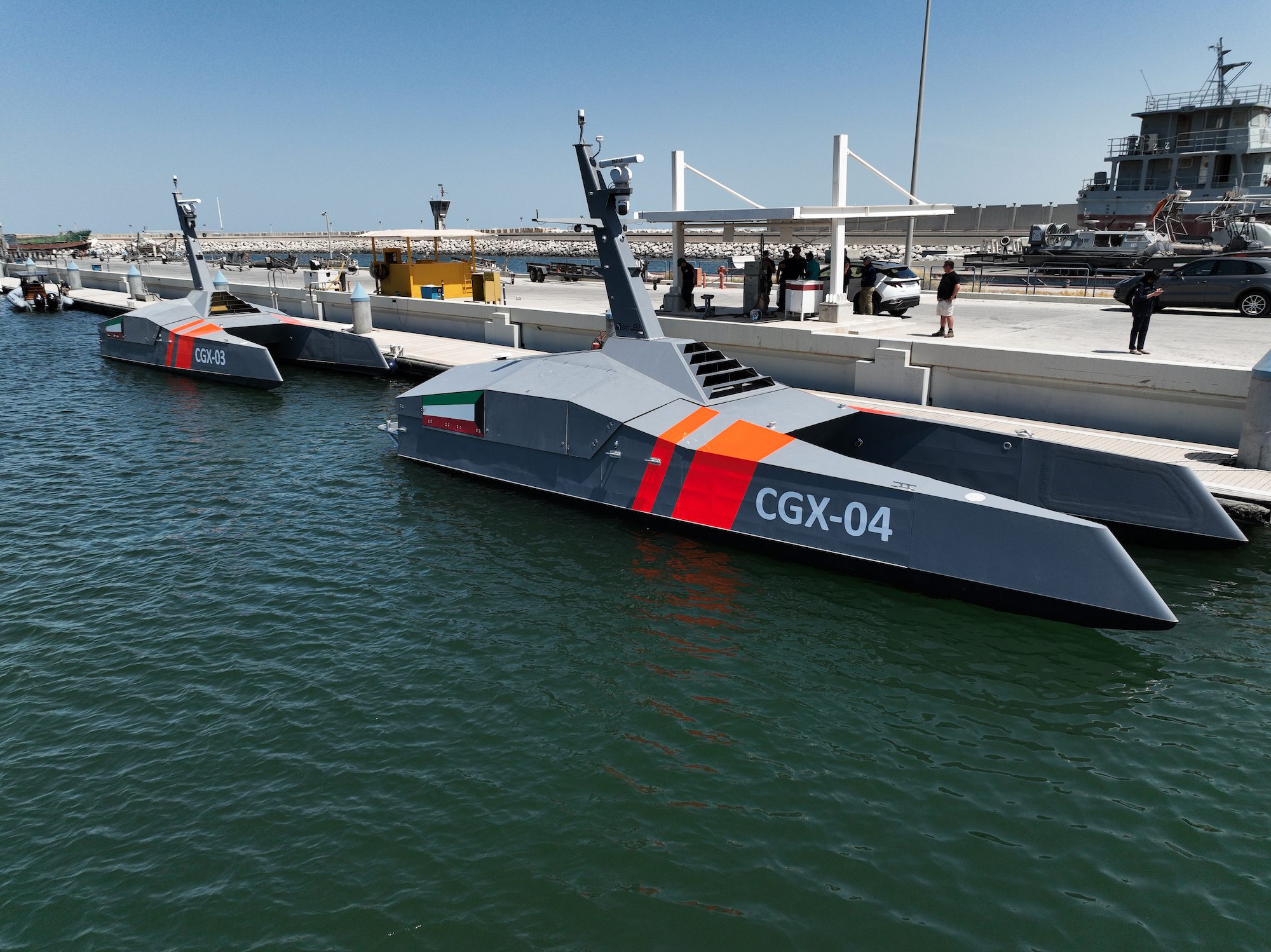A new report by the U.S. Defense Intelligence Agency (DIA) has confirmed Houthi forces use Iranian missiles and unmanned aerial vehicles (UAVs) for attacks on shipping and throughout the Middle East.
The report, titled Iran: Enabling Houthi Attacks Across the Middle East, contains a comparative analysis of the publicly available imagery of Iranian missiles and UAVs with those used by the Houthis militant group in Yemen to attack commercial shipping in the Red Sea and civilian and port infrastructure across the region.
The DIA report underscores the strengthened and evolving relationship between Iran and the Houthis over the past decade, describing that Iran views the Houthis as an extension of its regional power, while the Houthis see Iran as a means to augment their military capabilities.
“Iranian leaders’ statements and Tehran’s weapons proliferation illustrate how Iran perceives the Houthis as integral to its own efforts to destabilize the region and project power,” the report states.
Since 2014, Iran’s Islamic Revolutionary Guard Corps-Qods Force (IRGC-QF) has been supplying the Houthis, officially known as Ansarallah, with an increasing range of sophisticated arms and training. This assistance from Iran has equipped the Houthis to launch a series of missile and UAV strikes against commercial shipping in the Red Sea since November 2023, posing a risk to international commerce and freedom of navigation in one of the globe’s most critical waterways.
The report also mentions Iran’s proliferation of advanced UAVs to worldwide conflict zones since 2017. These UAVs, with their extended range, low cost, and explosive payloads, have empowered conflict actors like the Houthis, other Iran-aligned militias, and Russia to endanger territorial sovereignty, regional stability, and the global economy.
Between 2015 and 2023, the United States and its allies have intercepted at least 18 Iranian smuggling vessels, seizing ballistic missile components, UAVs, antitank guided missiles, and thousands of assault rifles, rocket components, and other illegal weapons en route to the Houthis.
The DIA has made this report public in a bid to improve public understanding of its mission and offer insights into Department of Defense and national security issues.
In the past two months, the U.S. Treasury Department has imposed multiple rounds of sanctions against individuals and entities in response to Houthi attacks on shipping and Iran’s role in enabling them, both financially and with weapons.
Starting February 16, 2024, the Houthis will be re-designated as a Specially Designated Global Terrorist (SDGT) group by the U.S. Department of State. This action is intended to hinder terrorist financing for the group, limit their access to financial markets, and hold them accountable for their actions.

 Join The Club
Join The Club










